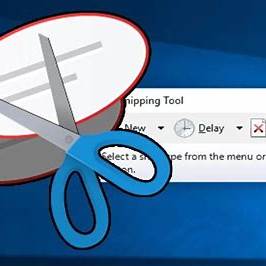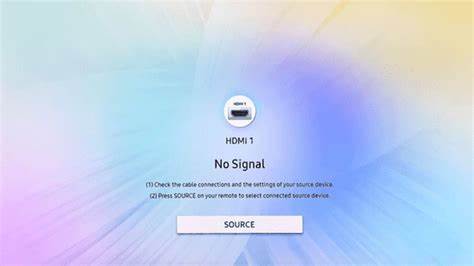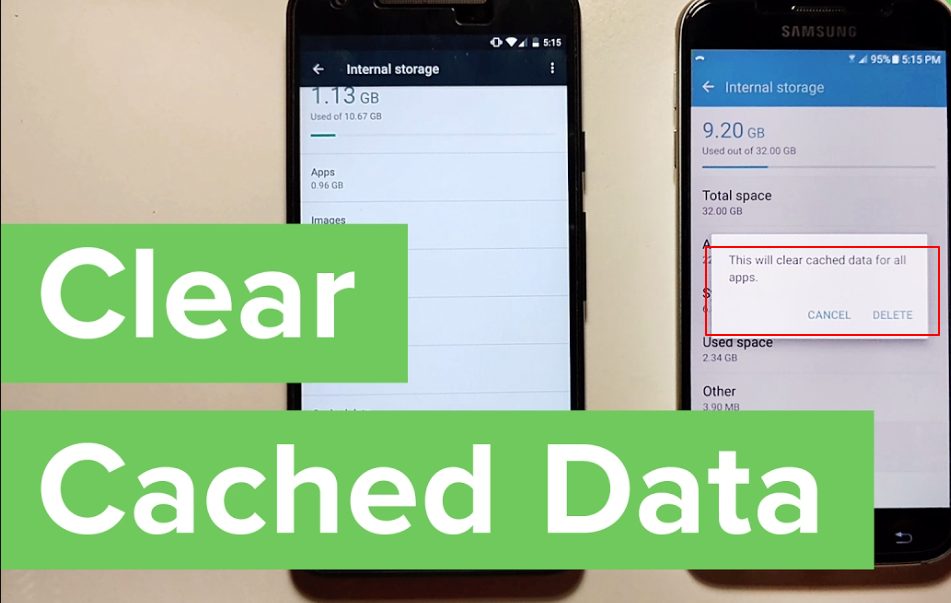Running the CHKDSK (Check Disk) utility is a fundamental step in maintaining the health and performance of your Windows system. It scans your drives for file system errors and bad sectors, helping to prevent data loss and system crashes. In this guide, we’ll walk you through the process of using CHKDSK in Windows 11, ensuring your drives remain in optimal condition.
What Is CHKDSK?
CHKDSK is a built-in Windows tool that verifies the integrity of your file system and fixes logical file system errors. It can also identify and mark bad sectors on your hard drive, preventing the system from using them in the future. This utility is especially useful when you’re experiencing issues like system crashes, slow performance, or corrupted files.
When Should You Use CHKDSK?
Consider running CHKDSK when:
- Your computer is unusually slow or unresponsive.
- You encounter errors accessing files or folders.
- The system prompts you to check a disk after an improper shutdown.
- You suspect bad sectors on your hard drive.
How to Run CHKDSK in Windows 11
There are two primary methods to run CHKDSK:
Method 1: Using File Explorer
- Open File Explorer: Press Windows + E to launch File Explorer.
- Navigate to ‘This PC’: In the left pane, click on ‘This PC’.
- Right-click the Drive: Right-click on the drive you want to check (e.g., C:) and select ‘Properties’.
- Access Tools Tab: In the Properties window, go to the ‘Tools’ tab.
- Click ‘Check’: Under the ‘Error checking’ section, click the ‘Check’ button.
- Scan the Drive: If prompted, choose to scan the drive. Windows will check for errors and provide a report.
Note: This method is suitable for basic error checking. For more detailed scans and repairs, use the Command Prompt method.
Method 2: Using Command Prompt
- Open Command Prompt as Administrator:
- Click on the ‘Start’ menu.
- Type cmd in the search bar.
- Right-click on ‘Command Prompt’ and select ‘Run as administrator’.
- Run CHKDSK Command:
- In the Command Prompt window, type the following command and press Enter:
bash
CopyEdit
chkdsk C: /f /r /x
- C: specifies the drive to check. Replace it with the appropriate drive letter if needed.
- /f tells CHKDSK to fix any found errors.
- /r locates bad sectors and recovers readable information.
- /x forces the drive to dismount before the process starts.
- Schedule Check if Necessary:
- If the drive is in use, CHKDSK will prompt you to schedule the scan on the next system restart.
- Type Y and press Enter to confirm.
- Restart your computer to allow CHKDSK to run before Windows loads.
Understanding CHKDSK Parameters
- /f: Fixes errors on the disk.
- /r: Locates bad sectors and recovers readable information. Implies /f.
- /x: Forces the volume to dismount first if necessary. Implies /f.
- /scan: Runs an online scan on NTFS volumes.
- /spotfix: Performs spot repair on NTFS volumes.
Note: Using /r can significantly increase the scan time, especially on large drives.
Tips for Running CHKDSK
- Backup Important Data: Always back up your data before running disk repair utilities.
- Close Applications: Ensure all applications are closed to prevent conflicts.
- Be Patient: The process can take time, depending on the size of the drive and the number of errors.
Conclusion
Regularly using CHKDSK helps maintain your system’s health by identifying and fixing disk errors. Whether you choose the graphical interface or the command-line method, CHKDSK is a powerful tool to ensure your data’s integrity and your system’s performance.





